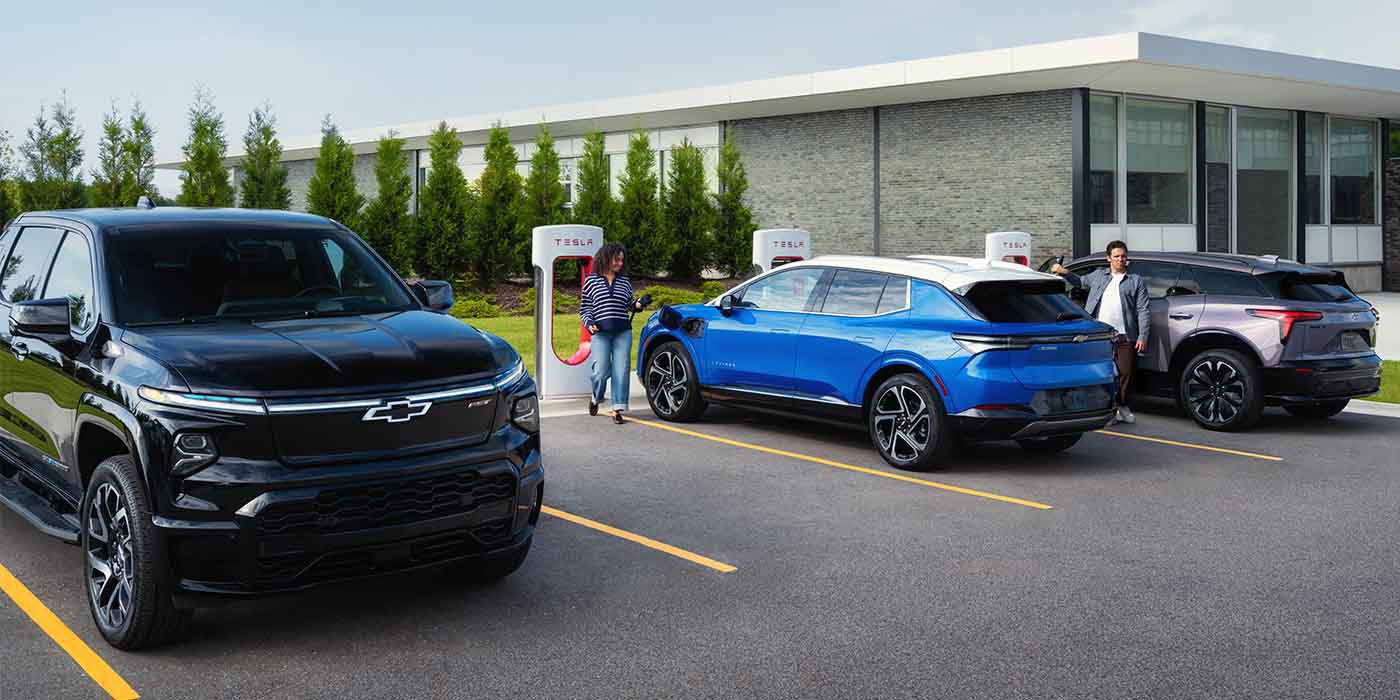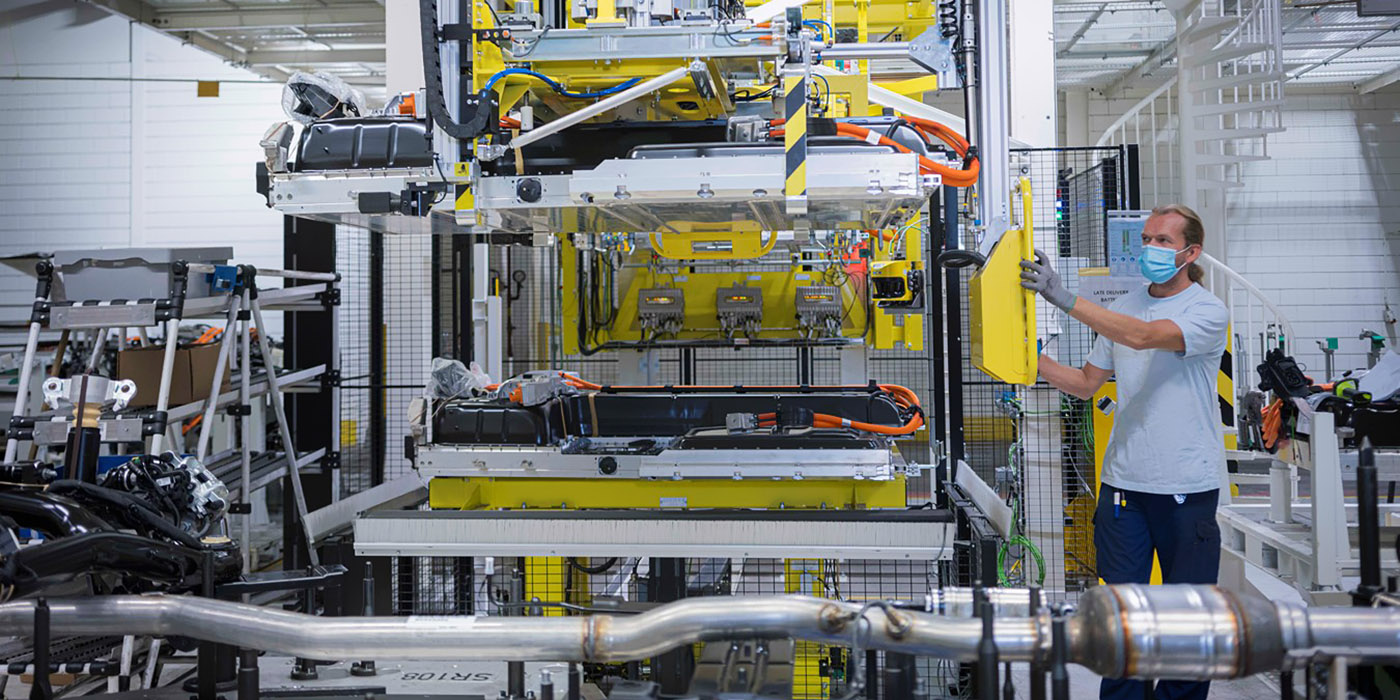EV batteries may last up to 40% longer than expected – Stanford

Real-world driving and charging habits may make EV batteries last longer than researchers previously thought, finds a new Stanford-SLAC study.
Expand Expanding Close
Real-world driving and charging habits may make EV batteries last longer than researchers previously thought, finds a new Stanford-SLAC study.
Expand Expanding Close
Stanford University researchers found that the best way to extend the life of a lithium-metal EV battery is to drain it and let it rest for a few hours.
Expand Expanding Close
The lithium-ion batteries found in most modern EVs and hybrids tend to lose energy capacity as they cycle (get charged, get spent, and get re-charged). That happens because small bits of lithium can be cut off from the battery’s electrodes during the charging process. But, a team of DOE and Stanford scientists say they’ve been able to make this “dead” li-ion reconnect, partially reversing the unwanted loss of energy capacity and extending lithium battery life by 30%.
Expand Expanding Close

A startup operating mostly in stealth mode for the past 6 years has been developing a very interesting battery-powered vertical take-off and landing (VTOL) aircraft, which could potentially be described as a “flying car”.
Just over two years ago, some early prototypes were spotted at the company’s facility near Google’s X lab, now called the Moonshot factory, which sparked speculation that Google was financing the project. Not much was known about the company then, but we did some research after finding out that it went on a recent hiring spree and we are now bringing you the most up-to-date report on this promising project.
Zee Aero was founded by Professor of Aeronautics and Astronautics at Stanford and former NASA Researcher at Ames Ilan Kroo. He recruited a surprising number of students and colleagues from both organisations to launch his startup, which looks more ready than ever to debut its aircraft.
We’ve heard about flying cars supposedly coming to market for years now. It appears to be one of those “always in the lab” technology and although the term “flying car” could potentially apply to what Zee is working on considering the vehicle is shown in patent applications literally parked in an average looking parking space, simply looking at it as an aircraft is more useful here. Especially considering its differentiating features are almost as impressive on an aircraft as it would be on a car, namely its vertical take-off and landing (VTOL) capacity and more importantly, the fact that it’s powered by a battery pack.
Expand
Expanding
Close


Stanford recently released the video of a talk between Tesla CEO Elon Musk and investor Steve Jurvetson. The discussion focused on Musk’s vision of the future and if you are an avid watcher of Musk’s interviews, you probably will not learn much from the hour-long video, but we still found a few interesting moments worth sharing.
Expand
Expanding
Close

 A team of engineers at Stanford University teamed up with Renovo Motors, the makers of a Corvette-like all-electric car, to build a self-driving electric DeLorean. The group unveiled the prototype yesterday, just before the day Marty McFly time-travels to in the “Back to the Future” film franchise, which popularized the DeLorean.
A team of engineers at Stanford University teamed up with Renovo Motors, the makers of a Corvette-like all-electric car, to build a self-driving electric DeLorean. The group unveiled the prototype yesterday, just before the day Marty McFly time-travels to in the “Back to the Future” film franchise, which popularized the DeLorean.
Expand
Expanding
Close